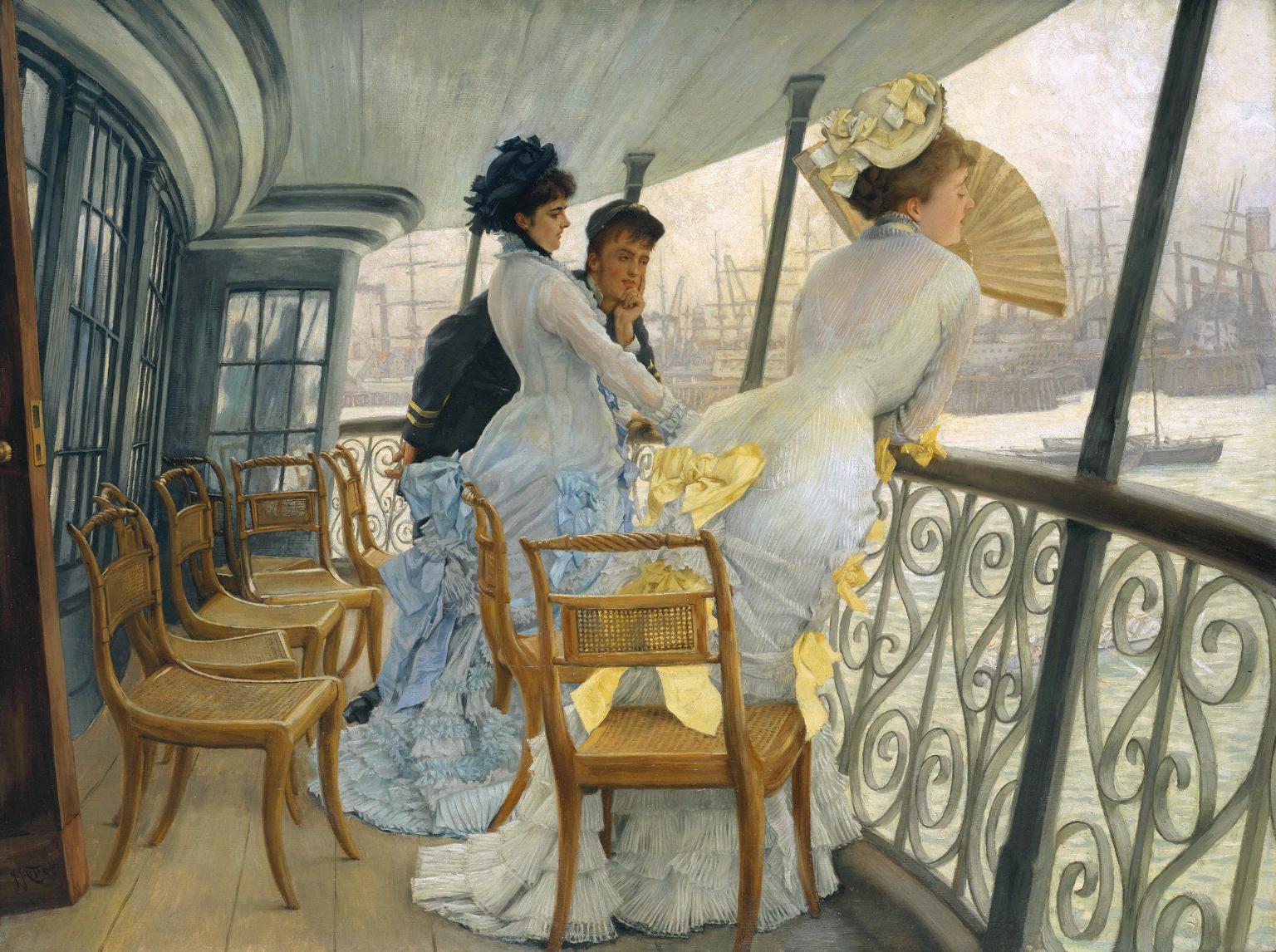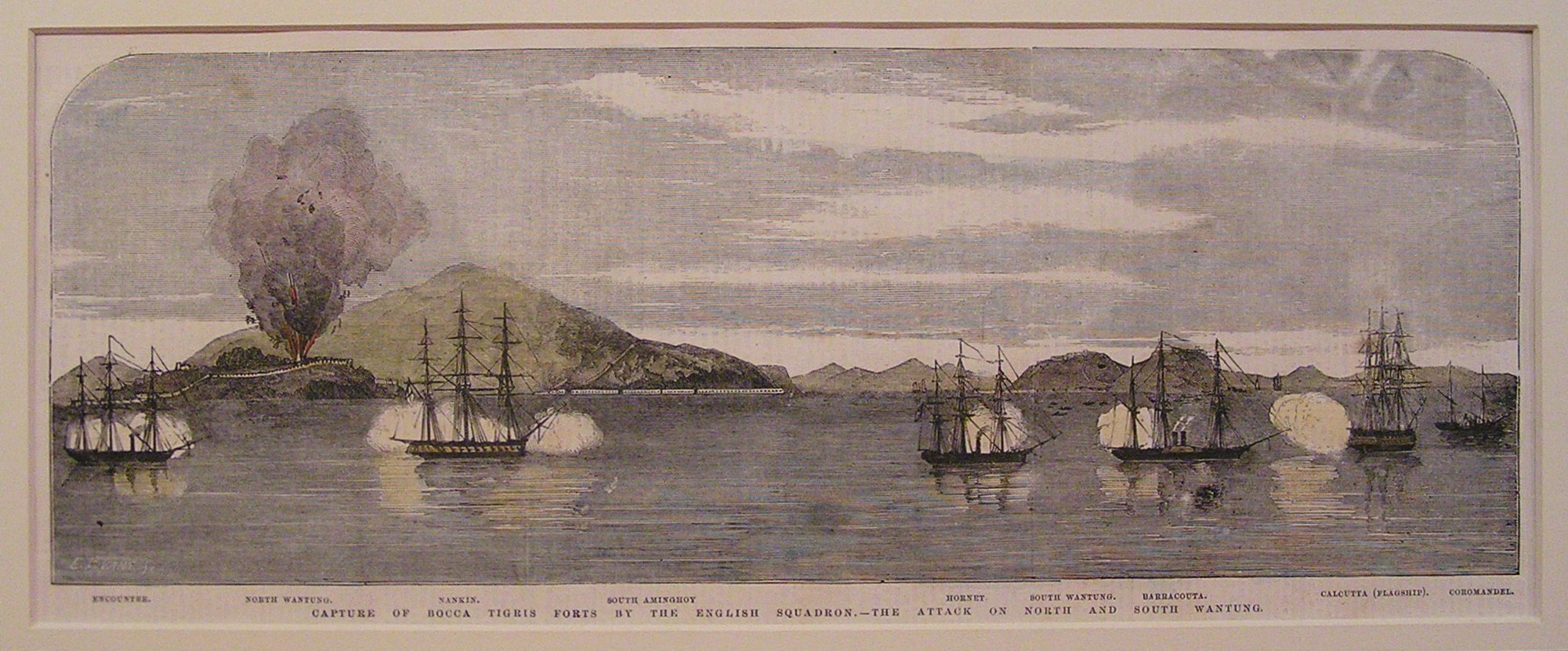HMS Calcutta (1831) on:
[Wikipedia]
[Google]
[Amazon]
HMS ''Calcutta'' was an 84-gun
. Retrieved 6 November 2008.
 In 1855 the ship had been in reserve, but was recommissioned due to the
In 1855 the ship had been in reserve, but was recommissioned due to the  She saw action in the Second Opium War as the flagship of Rear Admiral Sir Michael Seymour, under the command of Captain
She saw action in the Second Opium War as the flagship of Rear Admiral Sir Michael Seymour, under the command of Captain
second-rate
In the rating system of the Royal Navy used to categorise sailing warships, a second-rate was a ship of the line which by the start of the 18th century mounted 90 to 98 guns on three gun decks; earlier 17th-century second rates had fewer guns ...
ship-of-the-line
A ship of the line was a type of naval warship constructed during the Age of Sail from the 17th century to the mid-19th century. The ship of the line was designed for the naval tactic known as the line of battle, which depended on the two colum ...
of the Royal Navy
The Royal Navy (RN) is the United Kingdom's naval warfare force. Although warships were used by Kingdom of England, English and Kingdom of Scotland, Scottish kings from the early medieval period, the first major maritime engagements were foug ...
, built in teak
Teak (''Tectona grandis'') is a tropical hardwood tree species in the family Lamiaceae. It is a large, deciduous tree that occurs in mixed hardwood forests. ''Tectona grandis'' has small, fragrant white flowers arranged in dense clusters (panicl ...
to a draught by Sir Robert Seppings
Sir Robert Seppings, FRS (11 December 176725 April 1840) was an English naval architect. His experiments with diagonal trusses in the construction of ships led to his appointment as Surveyor of the Navy in 1813, a position he held until 1835.
Bi ...
and launched on 14 March 1831 in Bombay
Mumbai (, ; also known as Bombay — the official name until 1995) is the capital city of the Indian state of Maharashtra and the '' de facto'' financial centre of India. According to the United Nations, as of 2018, Mumbai is the sec ...
. She was the only ship ever built to her draught. She carried her complement of smooth-bore, muzzle-loading guns on two gundecks. Her complement was 720 men (38 officers, 69 petty officers, 403 seamen, 60 boys and 150 marines).Diaries of William King-Hall. Retrieved 6 November 2008.
History
 In 1855 the ship had been in reserve, but was recommissioned due to the
In 1855 the ship had been in reserve, but was recommissioned due to the Crimean War
The Crimean War, , was fought from October 1853 to February 1856 between Russia and an ultimately victorious alliance of the Ottoman Empire, France, the United Kingdom and Piedmont-Sardinia.
Geopolitical causes of the war included t ...
and sailed for the Baltic. After two months she was sent home again, as being useless for modern naval actions. .
 She saw action in the Second Opium War as the flagship of Rear Admiral Sir Michael Seymour, under the command of Captain
She saw action in the Second Opium War as the flagship of Rear Admiral Sir Michael Seymour, under the command of Captain William King-Hall
Admiral Sir William King-Hall, (11 March 1816 – 29 July 1886) was a Royal Navy officer who served as Commander-in-Chief, The Nore from 1877 to 1879.
Naval career
King-Hall joined the Royal Navy in 1829, and took part in operations off the ...
. In 1858 ''Calcutta'' visited Nagasaki
is the capital and the largest city of Nagasaki Prefecture on the island of Kyushu in Japan.
It became the sole port used for trade with the Portuguese and Dutch during the 16th through 19th centuries. The Hidden Christian Sites in th ...
where she stayed for one week, becoming the first ship-of-the-line to visit Japan.
After returning to home waters, ''Calcutta'' was placed back into reserve at Devonport, Devon
Devonport ( ), formerly named Plymouth Dock or just Dock, is a district of Plymouth in the English county of Devon, although it was, at one time, the more important settlement. It became a county borough in 1889. Devonport was originally one o ...
. In 1865, she was moved to Portsmouth
Portsmouth ( ) is a port and city status in the United Kingdom, city in the ceremonial county of Hampshire in southern England. The city of Portsmouth has been a Unitary authorities of England, unitary authority since 1 April 1997 and is admi ...
where she served as an Experimental Gunnery Ship, moored ahead of HMS ''Excellent''. In 1889, the HMS ''Excellent'' gunnery school was turned into a shore establishment, and ''Calcutta'' returned to Devonport where she was attached via a bridge to as part of the Devonport Gunnery School
His Majesty's Naval Base, Devonport (HMNB Devonport) is one of three operating bases in the United Kingdom for the Royal Navy (the others being HMNB Clyde and HMNB Portsmouth) and is the sole nuclear repair and refuelling facility for the Ro ...
.
She was sold for breaking up in 1908. Her figurehead was acquired by Admiral Lord Fisher, then First Sea Lord
The First Sea Lord and Chief of the Naval Staff (1SL/CNS) is the military head of the Royal Navy and Naval Service of the United Kingdom. The First Sea Lord is usually the highest ranking and most senior admiral to serve in the British Armed F ...
, as she had been his first seagoing ship.Morris, J. ''Fisher's Face'', London (1994), p. 196. In 2013 the figurehead was restored and transferred to the National Museum of the Royal Navy
The National Museum of the Royal Navy was created in early 2009 to act as a single non-departmental public body for the museums of the Royal Navy. With venues across the United Kingdom, the museums detail the history of the Royal Navy operating o ...
.
See also
*James Tissot
Jacques Joseph Tissot (; 15 October 1836 – 8 August 1902), anglicized as James Tissot (), was a French painter and illustrator. He was a successful painter of fashionable, modern scenes and society life in Paris before moving to London in 1871 ...
References
Bibliography
*Mackay, Ruddock F. ''Fisher of Kilverstone''. London: Oxford University Press, 1973. *Lavery, Brian (2003) ''The Ship of the Line - Volume 1: The development of the battlefleet 1650-1850.'' Conway Maritime Press. .External links
* Ships of the line of the Royal Navy Victorian-era ships of the line of the United Kingdom British ships built in India 1831 ships Crimean War naval ships of the United Kingdom {{UK-line-ship-stub